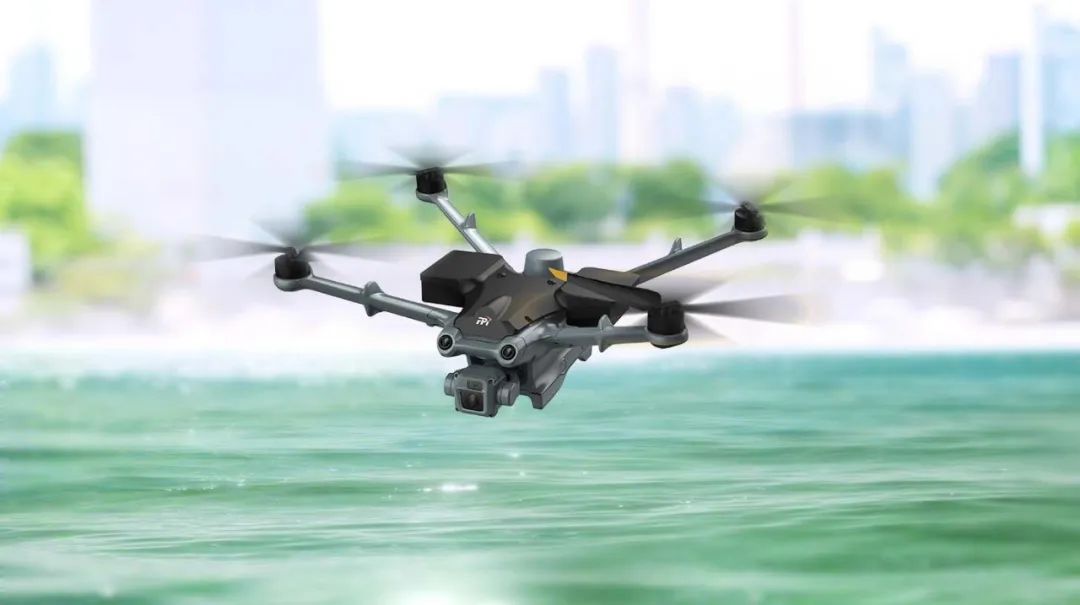Understanding Heavy Lift Drone Design
At the heart of heavy lift drone technology lies its engineering precision. By utilizing robust frames, powerful rotors, and advanced stabilization systems, these drones can safely convey loads over varied terrains. The design prioritizes strength and efficiency, incorporating lightweight, yet durable materials to balance the demands of heavy payloads with the necessity of sustained flight.
Improvements in battery technology and energy management systems also contribute significantly to the increasing capabilities of the heavy lift drones. These improvements not only extend flight time but also enhance the safety and reliability of their operations.
Applications in Industries
The diverse applications of heavy lift drones across sectors highlight their versatility. In construction, these drones expedite the delivery of materials to sites, especially in remote or challenging terrains, effectively reducing time and labor costs. For logistics, the drones streamline supply chain operations, facilitating quick transportation of goods, which is critically beneficial in areas with limited infrastructure.
Emergency services also benefit from heavy lift drone capabilities, providing rapid deployment of medical supplies or rescue equipment to disaster-stricken areas, where ground access may be hindered. This feature can be paramount during urgent situations, where speed and accessibility are crucial.
Advancements in Technology

Continuous advancements are pushing the boundaries of what heavy lift drones can accomplish. Incorporating AI and machine learning, these drones are becoming smarter, autonomously adjusting flight paths based on real-time data, optimizing performance, and minimizing risks.
Furthermore, the development in sensor technology allows these drones to navigate complex environments safely, avoiding obstacles while maintaining stability, which is essential when precision is required in high-stakes operations.
Considerations and Challenges
Despite their impressive capabilities, heavy lift drones face challenges, such as regulatory limitations. As drones increasingly occupy airspace, regulations must evolve to ensure safe operation alongside traditional aircraft. Additionally, weather conditions can act as a hindrance, impacting their effectiveness and reliability.
To optimize their benefits, continuous investments in research and development are essential, aiming to enhance payload capacities, extend flight times, and improve adaptability to various environmental conditions.
The Future of Heavy Lift Drones
The trajectory for heavy lift drone technology promises transformative changes in logistics, construction, and beyond. As technological advancements continue to unfold, these drones will likely play an integral role in emergency response initiatives and innovative supply chain solutions.

From supporting infrastructural developments to enabling swift emergency responses, the potential of heavy lift drones is vast and still being explored.
Frequently Asked Questions
- What is the typical payload capacity for heavy lift drones?
- Heavy lift drones can carry payloads ranging from tens to hundreds of kilograms, depending on their design and intended use.
- Are there specific industries that benefit most from heavy lift drones?
- Industries such as construction, logistics, and emergency services significantly benefit from the integration of heavy lift drones.
- What are the regulatory challenges associated with heavy lift drones?
- Regulatory challenges mainly revolve around airspace management, ensuring that drones can operate safely alongside existing aviation traffic.
With advancements in design and technology, heavy lift drones are set to expand their role across numerous fields, offering efficient, reliable solutions for transporting heavy payloads. Their ability to navigate challenging environments with ease suggests a promising future replete with practical, groundbreaking applications.